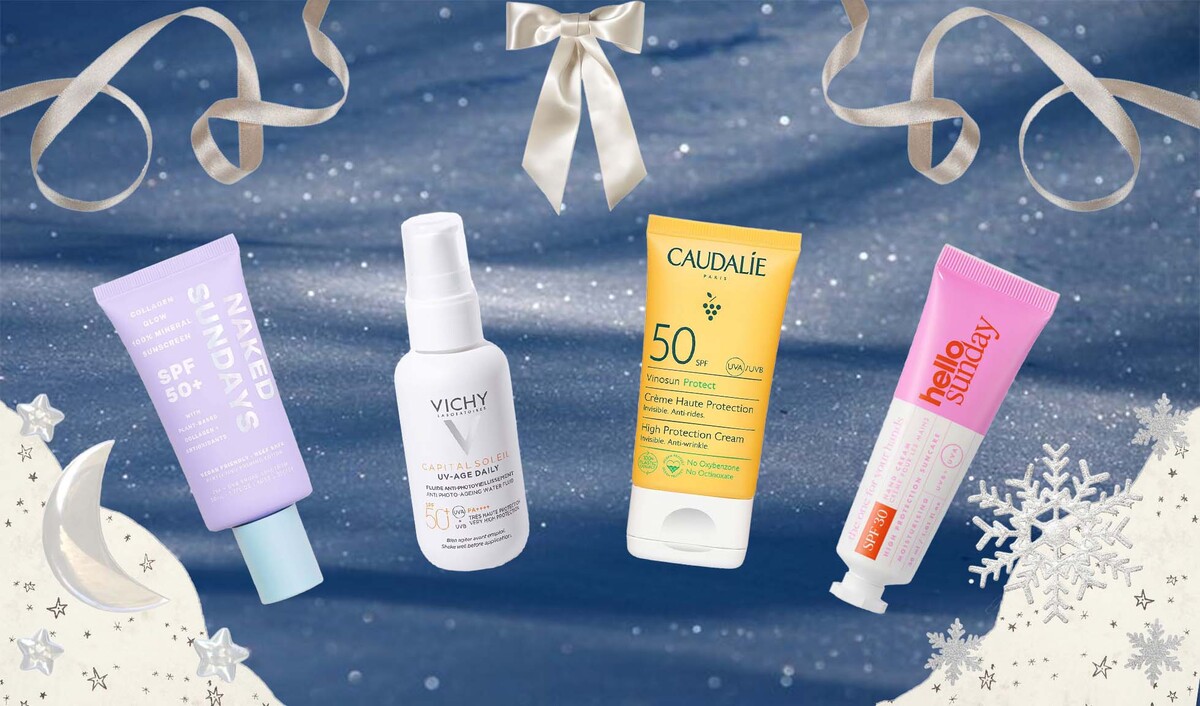
Effective tips for the cold season.
In winter, the skin faces harsh challenges: cold winds, frost, and dry indoor air can all lead to dryness, irritation, and loss of elasticity. To prevent these issues and keep your skin healthy and radiant, it’s essential to establish a proper care routine. Here are some key steps and products to help protect your skin during the cold season.

Start your routine with gentle cleansing. During winter, it’s best to avoid harsh products that can dry out the skin. Instead, opt for mild foams, creams, or gels that contain moisturizing ingredients like glycerin and hyaluronic acid. Hydrophilic oil is also a great choice, as it effectively removes stubborn makeup better than most other cleansers.

In winter, the skin loses moisture more quickly, making regular hydration the cornerstone of care. Use a rich-textured day cream enriched with oils like shea, avocado, or almond, as well as vitamins. Serums with hyaluronic acid or panthenol can deeply hydrate the skin before applying the cream. At night, apply a nourishing cream with ceramides to help restore the skin.

Serums are an essential part of winter skincare as they contain a high concentration of active ingredients that deeply hydrate, nourish, and protect the skin. To choose the right serum, it’s important to understand the purpose behind your purchase. For added protection against external factors like wind or frost, opt for a serum with antioxidants (such as vitamin C, vitamin E, or ferulic acid) and lipid-replenishing components like oils (shea, avocado, or jojoba).
If your goal is to repair the skin from the harsh winter conditions, a serum with ceramides would be a great choice. For additional nourishment to prevent chapping and flaking, go for a serum with oils (such as argan, almond, or shea butter), as well as ingredients like panthenol, niacinamide, or vitamins A and E. These components help enrich the skin with nutrients, restore its lipid barrier, and prevent moisture loss.

Many people mistakenly believe that sunscreen is only necessary during the summer when the sun is bright and scorching. However, ultraviolet rays (especially UVA) remain active year-round, even in colder months. In winter, when the skin is already exposed to the harsh effects of cold and wind, neglecting SPF can lead to premature aging and skin damage.
Snow reflects up to 80% of ultraviolet rays, intensifying their impact on the skin, especially in mountainous areas. This makes using SPF essential to prevent the worsening of pigmentation spots, protect skin health, and minimize UV-induced cellular damage.
When choosing an SPF product, first consider where you live. For everyday city protection, SPF 30 is sufficient, but for outdoor activities or time spent in the mountains, SPF 50 is recommended. Personally, I always suggest opting for SPF 50 as it provides more reliable coverage.
As I already said winter demands extra hydration for the skin, so look for sunscreens enriched with hyaluronic acid, oils, or vitamins—similar to the ingredients found in moisturizing creams. Apply SPF to cleansed skin after your moisturizer, and reapply it every 2–3 hours if you’re exposed to UV rays for extended periods.
Finally, don’t forget to remove your sunscreen at the end of the day, as it can clog pores if left on the skin. Proper cleansing ensures your skin stays healthy and radiant.